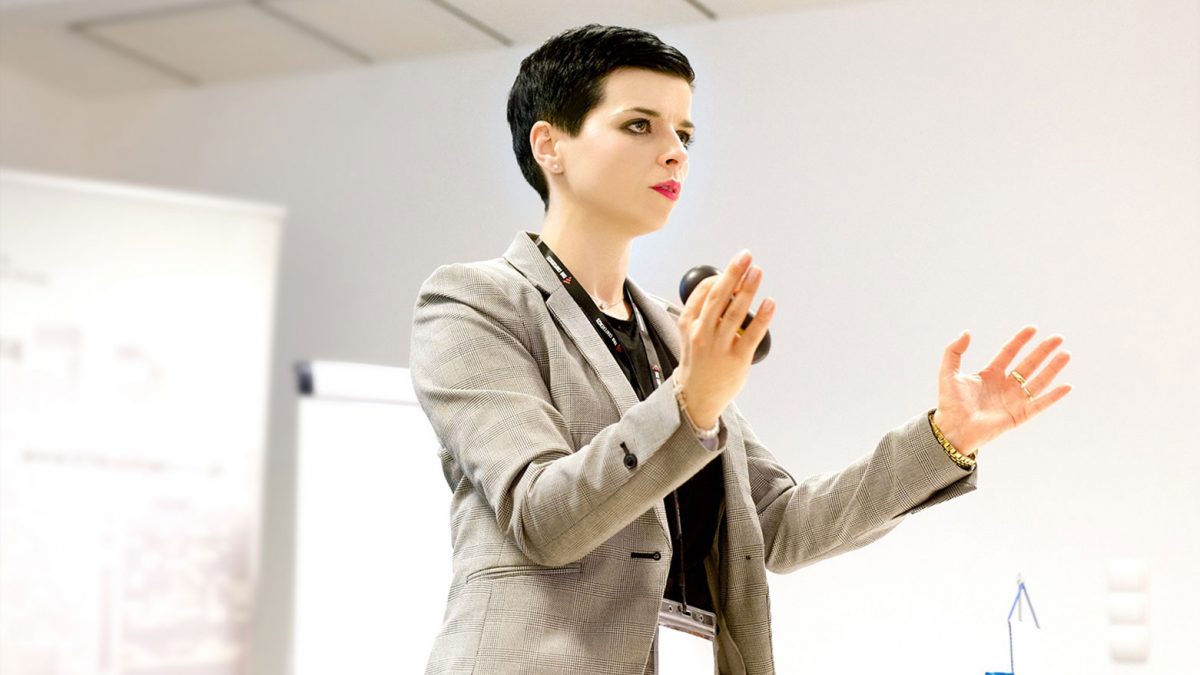A recipe for an effective team meeting – article for ‚Branża fitness’ (www.branzafitness.com)

Have you ever left a staff meeting after which you knew even less than before you attended? Or at one where the atmosphere was so thick that no one was able to say a word and, as a result, nothing was agreed? Or maybe you have dropped your phone during a meeting which did not concern you at all? Most of us can remember at least one of the worst staff meetings I’ve ever been to. It lasted 8 hours, there wasn’t a single break, we ate only coffee and waffles, and our boss got so carried away that only 3 of the important topics were discussed.
Have you ever wondered how your employees perceive the meetings you conduct or organise? Do you measure their effectiveness?
Here are ten practical tips to ensure that none of these meeting scenarios ever happen:
- The purpose of the meeting – the most important intention. It’s important that people know what to expect, why someone is taking them away from their day job and so that they can prepare for the discussion.
- Timing of the meeting – especially if you are planning a longer meeting, for time discipline and to meet the purpose of the meeting. When the discussion and exchange of views begins, we often lose track of time, the meeting extends indefinitely or finishes on time, but misses some of the points we planned to discuss. Remember also to plan breaks during the meeting, including a longer lunch break.
- List of invitees – it is worth considering who you want to invite, taking into account the range of knowledge of the people invited in relation to the topics you want to discuss. This is not to involve people who are not interested in the topic, but also not to miss anyone. If we are organising a meeting of the whole team, it should be exactly all the members or at least the heads of departments in larger organisations.
- If distributed teams are represented by their manager, it is important that he/she communicates the findings of the meeting to his/her people (note: in the quantity and at the level to which he/she is entitled).
- Venue – an isolated space that provides an opportunity for open discussion, without the participation of staff not invited to the meeting.
- Maximise the use of time – when involving the time and energy of our people (in dispersed structures this also involves travel, sometimes even from the other end of the country, overnight stays) we must bear in mind the maximum productivity of the meeting. It is worth choosing only those topics which cannot be discussed via any other channel such as e-mail, telephone or video chat. Such topics are undoubtedly: strategies and concepts, new ideas, summaries of activities, changes in the organisation, and on a completely different side: integration and teambuilding meetings, individual conversations with employees. All others are a waste of time and money.
- Cyclical meetings – regular meetings undoubtedly provide an opportunity to examine the progress of work. They are also an opportunity to sum up previous results and correct the strategy, if necessary.
- Discussion and questions – every staff meeting should find at least a moment for questions from staff and discussion. The experiences of rank-and-file employees can be crucial in determining sales strategies, from a customer or product perspective. This is also another dangerous moment when meetings start to take on a life of their own. This usually happens because the manager was not expecting such a large number of questions from employees or is not quite able to answer them. Therefore, when sending an invitation to a meeting with an agenda, it is worth asking for questions, concerns or suggestions for topics for the meeting.
- A good word – let’s remember about a motivating accent, especially at the end of the meeting, encouraging the team to further work and achieve better and better results.
Summary and conclusions – to make the meeting really productive it is worth summarising it at the end and writing down the most important findings in an e-mail. To make sure that we are understood and that the phone doesn’t ring with questions an hour after the meeting, it is a good idea to conduct the summary in the form of a round of questions to the participants, so that they can describe in their own words the findings, the action plan and their role in it.



